Nakamichi Shockwafe Pro 7.1 Soundbar System Review Page 2
Associated equipment included a Panasonic DMP-BD87 Blu-ray player and an iPad mini.
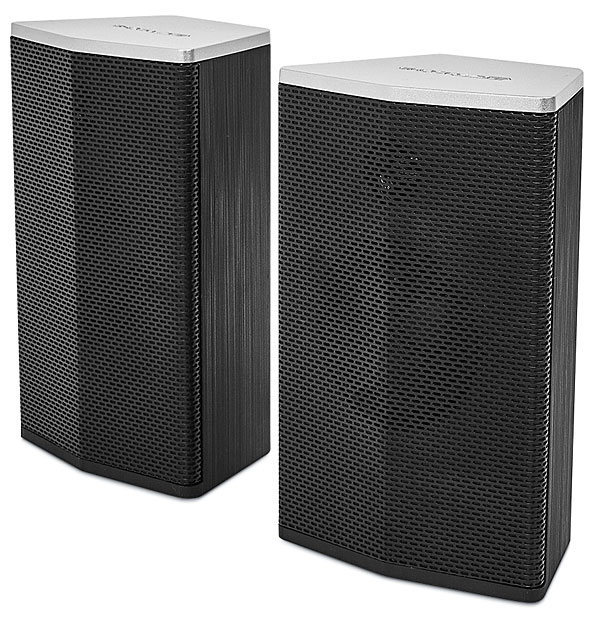
A Fine Bar
In its less exaggerated EQ settings, this was a fine-sounding bar that aced all the essentials, including good reproduction of both speaking and singing voices, a frequency balance that flattered most music, and strong imaging. Because the system has discrete surround speakers, surround effects were strong, though timbre matching was just OK; the surrounds had more coloration than the bar. Even so, the surrounds dramatically enhanced the net effect of the system: That’s the generic genius of true, unfaked surround sound. Thanks to the bar’s width drivers, it sounded wider than it looked, and that helped keep the front of the soundfield from keystoning. Although the sub isn’t bad for the system’s price, the bar deserves better. But you can’t upgrade the sub because the bar lacks a wired sub-out, and amps for the surrounds are stashed in the sub.
I was still dialing in the system with The Trust (DTS-HD Master Audio), which starts out as a typical Nicolas Cage vehicle but takes an unpredictable turn. Test tones notwithstanding, the surrounds were still too loud. I fell back on Plan B—whatever works. I backed them off from 04 to 03. Localization of male voices in the sub was also apparent, partly due to a known standing wave in my room, which responds well to room correction. But there’s no room correction here, so the sub went from 03 to 02. These adjustments gave the soundfield a wholeness (and a freedom from grossly distracting flaws) that served the movie material brilliantly.
I tormented Jason Bourne (DTS:X), the latest in the Matt Damon franchise, with Movie EQ experiments. The system defaults to the Action submode, but that’s not the best choice. That became evident in a scene with a speaker addressing an audience from a stage. The room reverb, which sounded so natural in the flat DTS EQ submode, became convoluted and unnatural in the Action and Drama submodes (the latter cuts the sub level). Action and Drama also added some midrange congestion in the front, as well as higher surround levels than DTS EQ. The Dolby EQ submode, in this non-Dolby material, sounded identical to DTS EQ.
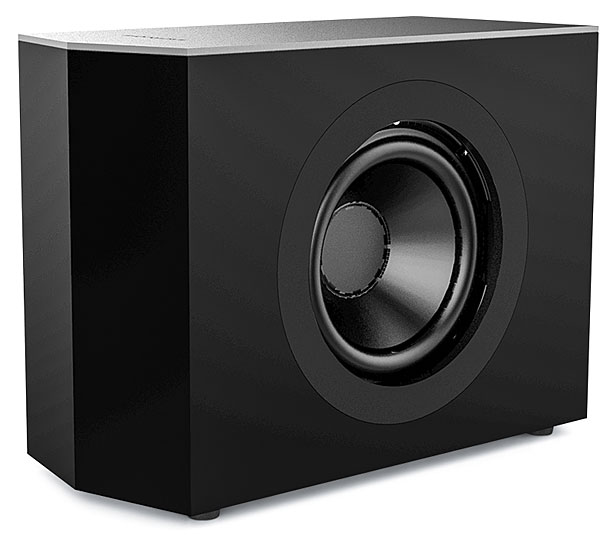
By the time I got to Inferno (DTS-HD Master Audio), with Tom Hanks reprising his role as Professor Langdon, the settings were dialed in and the system was impressive. The synthesized bass lines that constantly punctuate the soundtrack had just the right weight and fullness. Male voices were no longer localized in the sub. And I marveled at how the bar’s side tweeters expanded the front of the soundfield without drawing attention to themselves. The fact that the center channel went tweeterless didn’t seem to be an issue. I had to use test tones to hear a timbral difference between center and left/right, and it was slight—not enough to destroy the magic. I got so caught up in the cheesy supernatural thriller that a character’s sudden plunge through a ceiling made me gasp. I was having a good time.
Best When Flat
Of the four Music submodes, the two that provided the flattest and most listenable results were Dolby EQ and DTS EQ. They seemed to be identical to the same-named Movie submodes and worked fine with non-Dolby and non-DTS material from CDs and Bluetooth. SW (Shockwafe) Music is the bar’s “signature DSP mode,” designed to deliver greater width and immersion. I found it spatially disorienting compared with the flat submodes. The Bass Boost submode distractingly called attention to the sub. I concentrated on the flat ones.
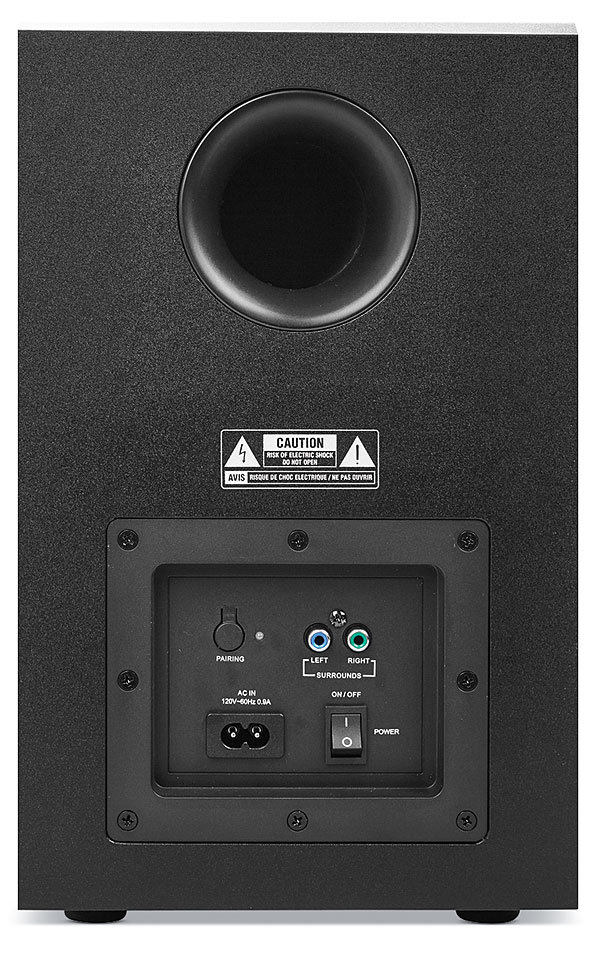
First, I auditioned Johannes Moser’s recording of Elgar’s Cello Concerto in E minor and Tchaikovsky’s Variations on a Rococo Theme via the CD layer of a hybrid SACD. Consequently, I was surprised to hear activity in the surround channels; the Panasonic Blu-ray player isn’t SACD-capable, and CDs are a two-channel format. The bar was therefore using its Dolby Pro Logic II listening mode, a component of the new Dolby Audio designation. That explained why Moser’s cello stood out so starkly from the orchestra: The instrument, in the center of the mix, got partly rechanneled to the two center drivers. Despite a lack of lower midrange warmth, the bar made Moser’s attack and articulation stunning. But his prominence did leave the orchestra underemphasized, especially in quiet passages, when the cello shouted it down. Center volume is adjustable, but only on a system-wide basis. One setting affects both the Dolby EQ and DTS EQ submodes, both the Movie and Music versions, and what’s right for movies isn’t necessarily right for music.
In Bert Jansch’s Edge of a Dream, DPLII treated the lead vocals of Jansch and guest Hope Sandoval as it had treated the cello, with plenty of center emphasis, though his crackling acoustic guitar came through in just about the right proportion. I don’t mind DPLII; it’s by far the most natural sounding of the stereoto-surround rechanneling modes.
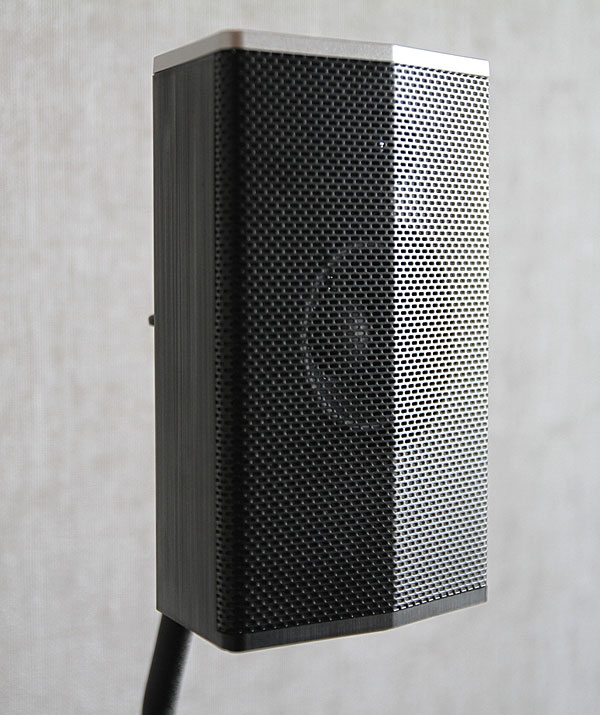
But the lack of a straight 2.0- or 2.1channel mode forces you to use it. The user interface allows you to shut down the surround channels, but that doesn’t affect DPLII’s redistribution of the LCR channels.
I ran Bluetooth pairing for the iPad mini, noting that the system cleverly uses voice prompts, and that pairing works only when the Bluetooth input is selected. Hiromi, the Japanese jazz sensation, generally records with a trio, and Move (ALAC from CD) is no exception. This time, I didn’t find the center channel intrusive, though the cymbals were way too prominent in the surround channels. Again, they could be shut down. After that, the rhythm section sounded good—but the deliciously incisive piano sounded even better. When I wandered away from the sweet spot to answer e-mail, the system’s off-axis response filled the room beautifully.
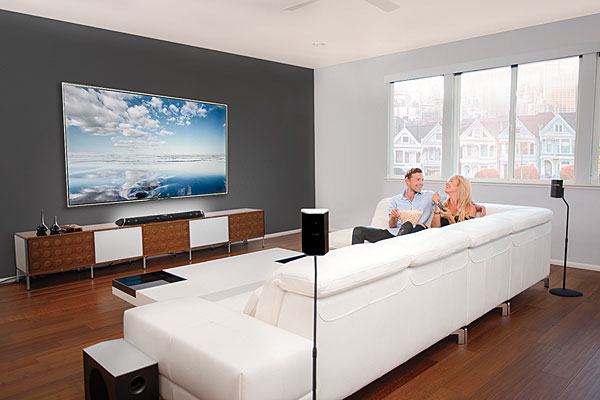
The Nakamichi Shockwafe Pro 7.1 is an intelligently designed soundbar system that can be tweaked to sound great, albeit one that excites my urge for tinkering. How I would love to add a straight 2.1-channel mode for music and put the surrounds and sub in slightly better-damped enclosures. The bar is a step or two above the surrounds and sub—if rated separately, the bar would get five stars and the rest three stars—but Nakamichi was right to concentrate their resources in the bar. This is, after all, a $500 system, and one that works really well. In the classic sense, it’s more than the sum of its parts, especially with movies.
This is the first Nakamichi product I’ve reviewed, and I’ll be very curious to see how the company’s soundbar line develops in the future. The Shockwafe isn’t just a strong statement. It’s the first chapter in a potentially fascinating story—the story of how an old-school brand tackles the soundbar category with gutsy, unorthodox thinking and takes the home theater world by storm.
- Log in or register to post comments






















































